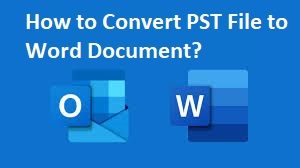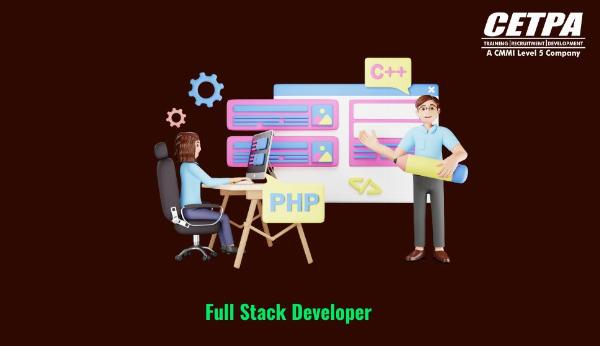Smart Moves: Mastering Cloud Migration
Moving to the cloud sounds simple enough—just take your existing systems and shift them to a cloud platform. But once you get started, the reality can be overwhelming. Many companies quickly realize that it’s not just a move—it’s a complete transformation. Without the right plan, cloud migration can turn into a costly and confusing mess.
That’s why it’s so important to go into cloud migration with your eyes wide open. It's not just about relocating servers or data. It’s about rethinking how your business runs digitally, and doing it in a way that’s secure, efficient, and aligned with your goals.
Start with a Strategy—Not a Shortcut
One of the biggest mistakes organizations make is jumping into migration without a clear roadmap. It’s easy to assume things will "just work" once they’re in the cloud. But lifting and shifting legacy systems often leads to performance issues, rising costs, and security risks.
Instead, take time to define your migration strategy. What are you hoping to achieve—faster performance, reduced costs, modern infrastructure? Map your workloads to these goals, and use standardized blueprints to ensure consistency and clarity across your teams.
Good Governance Is a Game-Changer
Governance might sound boring, but in the cloud, it’s a necessity. When you're running dozens—or hundreds—of services, it's easy to lose track. That’s when costs creep up and security holes start to appear.
The solution? Smart, flexible governance. Set rules for tagging resources, managing budgets, and enforcing access controls. Think of it as creating lanes on a highway—it helps everything move faster and more safely.
Let Automation Work for You
In cloud environments, automation isn’t just nice to have—it’s essential. With dynamic workloads and constant changes, manual processes become a bottleneck. Automating things like performance checks, security scans, and resource optimization can save time and prevent issues before they happen.
Use tools like Azure Migrate or AWS Application Discovery Service to map dependencies and uncover hidden risks. These insights help ensure you’re not just moving fast—you’re moving smart.
Know What You’re Moving
Everything in your system is connected. A reporting tool might rely on the same database as your payroll system. Miss one connection, and you could break a critical process. That’s why dependency mapping is so crucial.
Group workloads into "migration waves" based on complexity and risk. Start with low-risk systems to build confidence, then move on to more sensitive areas once you’ve ironed out the process.
Security Should Be Built In
Security is not an afterthought—it should be part of your migration plan from the start. Use Infrastructure as Code (IaC) and Policy as Code (PaC) to set and enforce rules around access, encryption, and network configuration. That way, your cloud stays safe as you grow.
Final Thoughts: Reinvent, Don’t Just Relocate
Cloud migration is your chance to evolve—not just copy old systems into a new space. The real value lies in modernization: creating an environment that’s scalable, cost-efficient, and built for the future. This is where cloud migration services shine—helping you transition with structure, speed, and confidence.
Read the full blog here: Cloud Migration Mastery: Turning Complexity into Clarity
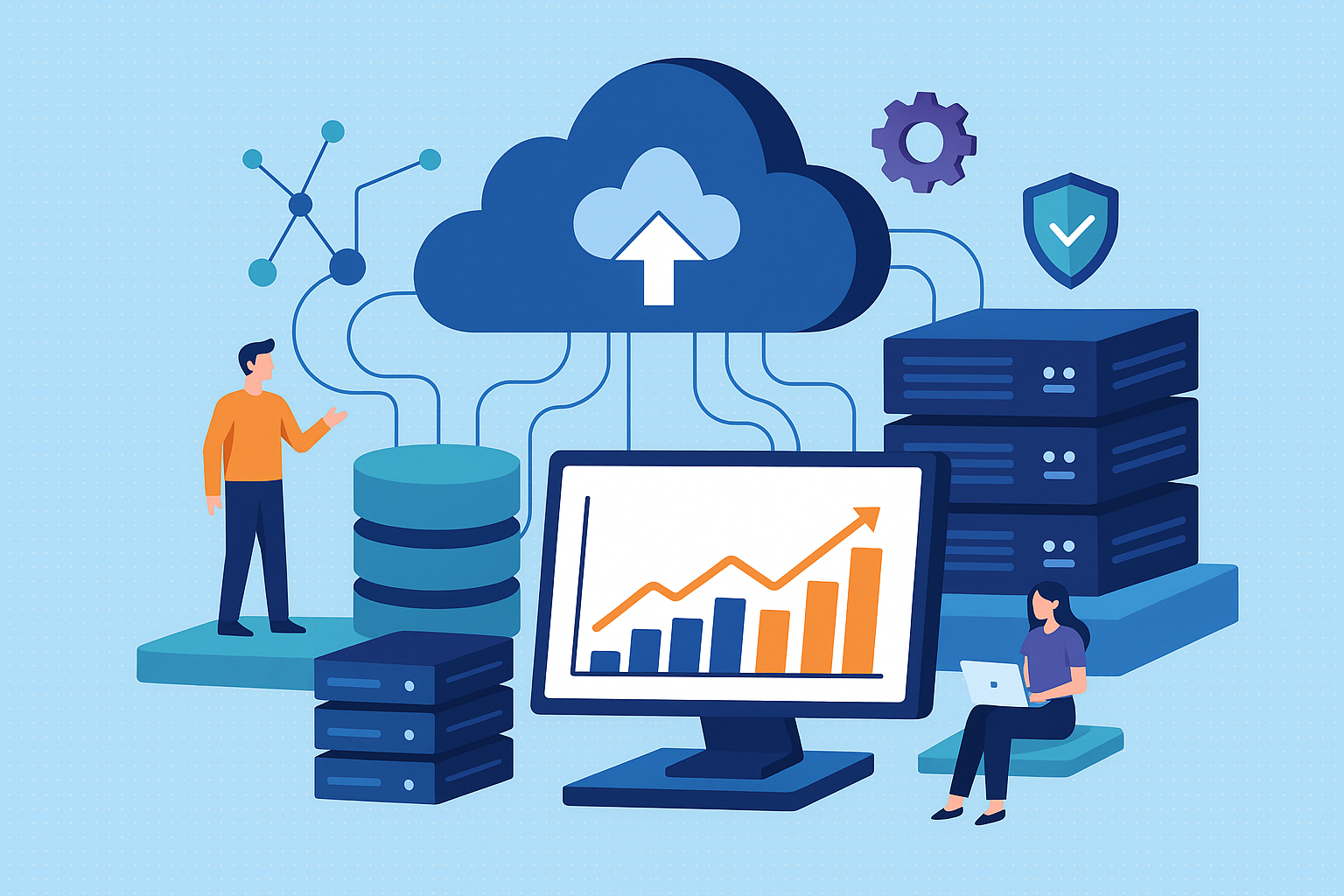




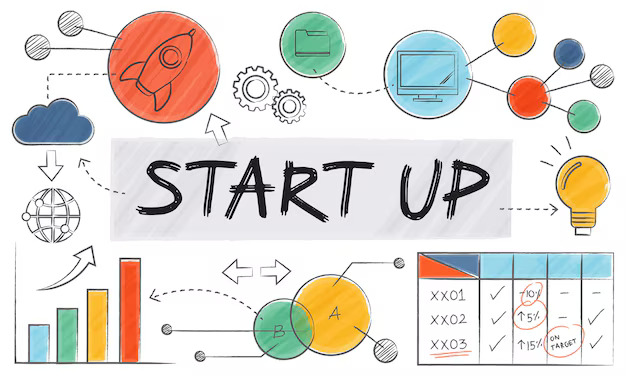
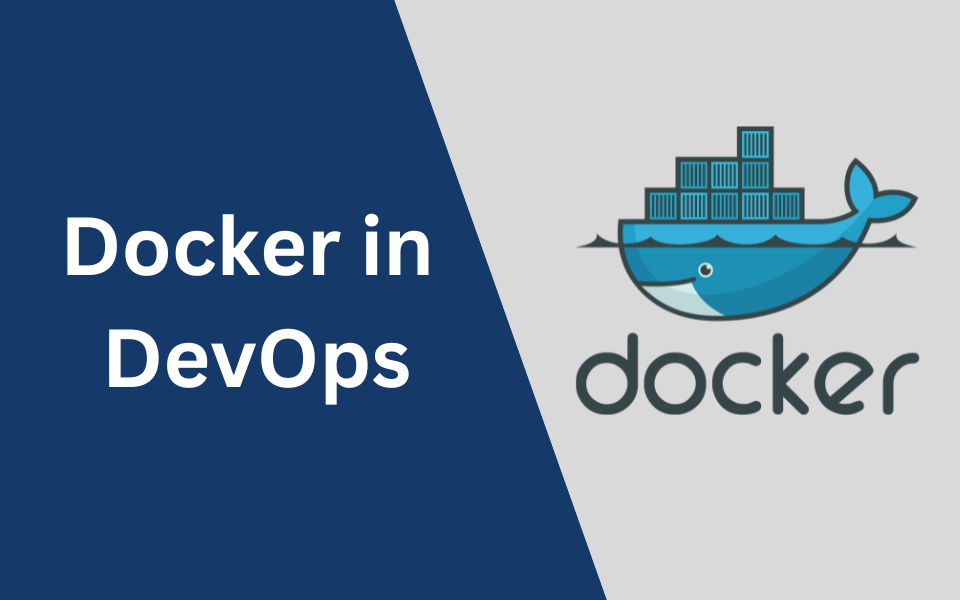
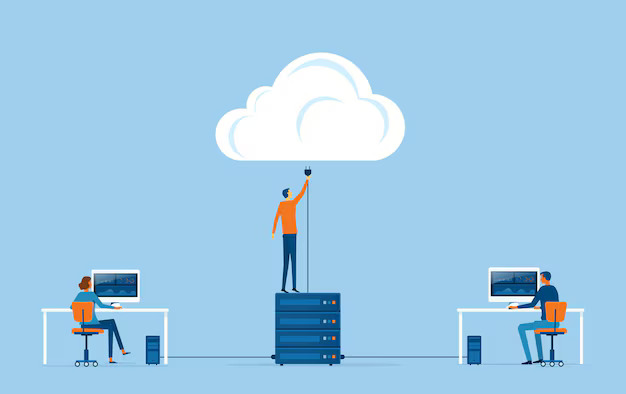
A must-read for businesses looking to navigate the intricacies of cloud migration, 'Smart Moves: Mastering Cloud Migration' offers insider tips and practical strategies that make effortless transitions a reality.
Smart Moves: Mastering Cloud Migration offers a strategic and practical roadmap for effortless transition to the cloud, making it an indispensable guideline in today's digital era.
With 'Smart Moves: Mastering Cloud Migration', readers obtain a comprehensive strategy guide for seamlessly navigating cloud migration, ensuring an optimal transition that propels businesses into the future with agility and efficiency.
Smart Moves: Mastering Cloud Migration provides a practical and insightful guide for enterprises transitioning to the cloud, making complex migrations seem manageable through its strategic frameworks. A must-read for CIOs navigating this technological shift.
Mastering Cloud Migration: a strategic guide that reshapes IT infrastructure into intelligent ventures, Smart Moves not only offers in-depth insights but also serves as an actionable blueprint for successful cloud transformations.
Mastering cloud migration with the insight and strategies presented in 'Smart Moves: Mastering Cloud Migration' prepares organizations for seamless digital transformations like never before.






